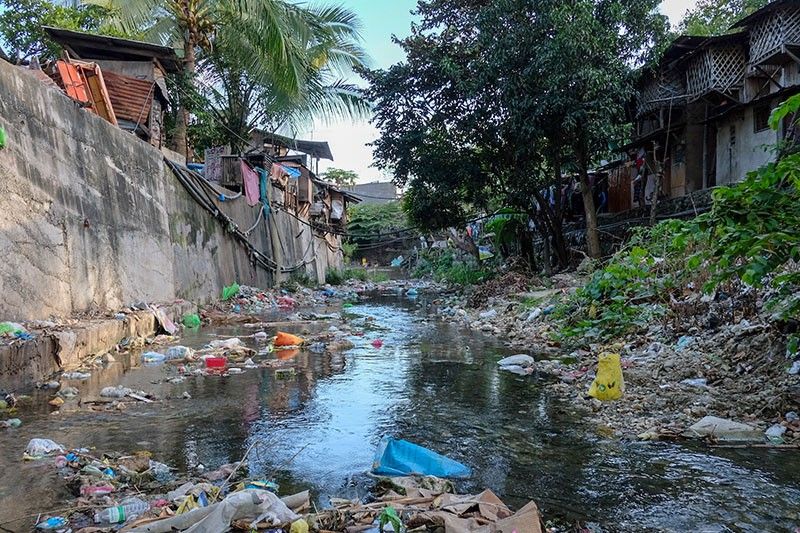Six fined for dumping waste into Bulacao River

CEBU, Philippines — Six establishments have been fined for dumping waste water into the Bulacao River in Cebu City.
They paid P1,000 for the first offense for violating City Ordinance No. 2398 or the Septage Management Ordinance, said Cebu City Environment and Natural Resources (CENRO) chief Ma. Nida Cabrera.
The second offense would cost the establishments P3,000 while the third offense would cost them P5,000.
Should there be a third offense, Cabrera said CENRO will recommend to the Environmental Management Bureau (EMB) - 7 to issue a cease and desist order to stop the establishments from operating.
If the establishments still continue to violate, she will ask Mayor Tomas Osmeña to issue a closure order.
After profiling of the Bulacao River, the city noted that 56 establishments have encroached on the three-meter easement of the waterway from Barangay Inayawan to Barangay Bulacao.
Of the 56 establishments, 14 were identified as pollutants but only six have been issued citation tickets as of yesterday.
“Grabe ang waste water discharge anang mga establishments dinha. Dunay slaughter house nga derecho ilabay sa sapa. Dunay mga garbage pickers sa establishments pod nga gibutang ra didto nga mura’g landfill maong nagsugod na ta og issue og citation tickets (The water discharge of the establishments there has gone out of control. The wastes from a slaughterhouse, for one, are thrown directly into the river. Others dispose of their wastes into the river as if it’s a landfill),” Cabrera said.
At least 180 households are also noted along the three-meter easement of the river, she added.
The 11-kilometer Bulacao River will be cleaned on Saturday but Cabrera emphasized the importance of sustainability through enforcement of ordinances and laws.
Loreto Rivac, supervising environmental management specialist of EMB-7, said the bureau is monitoring the water quality of the rivers in the region.
Rivac said the government and the community must work together to prevent the rivers here from deteriorating further.
EMB-7 and other stakeholders are prioritizing rivers in Cebu City such as Bulacao, Lahug, and Guadalupe rivers, in their cleanup drive.
Up to 2,000 volunteers have signed up to help clean the Bulacao River on Saturday from 6 a.m. to 10 a.m.
There are at least five stations for the cleanup, including Lower Torre, Upper Torre, Bulacao Bridge, Cabancalan Foot Bridge, and Candulawan Foot Bridge.
The City’s Department of Public Services will be on standby at every station to ensure that the garbage that will be collected from the river will be disposed of properly and immediately.
After the clean-up drive, information dissemination will be undertaken to ensure that households and establishments along the river will not resume dumping wastes there.
Cabrera said environmental officers will patrol the river every now and then to issue citation tickets to violators.
Fedencio P. Carreon, Chief of the Technical Division of Cebu's Provincial Environment and Natural Resources Office (PENRO), said priority rivers like the Bulacao River in Cebu City are identified based on their proximity to waste-generating industries, as well as to sources of water supply.
From the 33 classified rivers in Region 7, DENR has adopted 10, including priority rivers.
Under the Rivers (Recognizing Individuals/Institutions toward Vibrant and Enhanced Rivers) for Life program, these rivers will undergo profiling for targeted assessment of both sources of waste and best course of action.
The program aims to raise awareness regarding the current situation of the rivers in the country.
Engr. Cindylyn P. Ochea, unit head of the Environmental Education and Information Section of EMB-7, said each body of water is different, and that education is important to make sure every classification meets its respective beneficial use.
Ochea said the cleanup program has gone down to the grassroots level, as residents in the affected rivers can best address the problems in their area.
"Ang taw ang problem, ang taw ang solusyon (The people are the problem but they are also the solution)," Ochea said. Christele Isabela B. Basco (FREEMAN)
- Latest
























